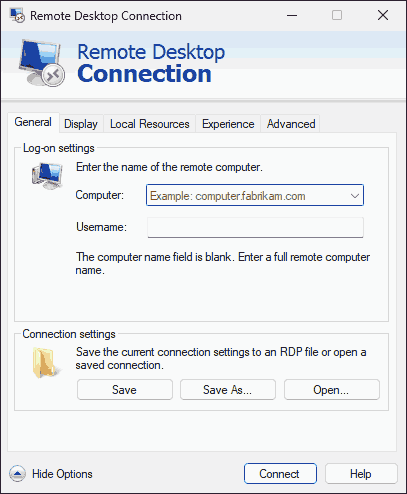RDP vs VPN: What is the difference and how to use them
Are "RDP" and "VPN" the same thing? And if not, what are the differences between them?
There are millions of confusing acronyms in the tech space, but two that you may have heard bandied about together are "RDP" and "VPN". So, are these the same thing? And if not, what are the differences between them?
What is RDP?

RDP stands for Remote Desktop Protocol, a software that lets users connect to a remote PC or server without having physical access to it. It is an essential tool for many businesses, allowing remote employees to work from their on-site PC or support to fix issues remotely.
There are several different applications that enable RDP usage across Windows, Linux, and macOS. However, the Remote Desktop application built into every Windows PC is the most popular.
What is a VPN?

A VPN, or virtual private network also involves a remote server, but it is not one that the user interacts with. A VPN routes your internet traffic through an encrypted tunnel to another server before continuing to its destination. Encryption makes it difficult for your internet service provider or other users on your network to spy on your traffic. Transitting through the provider’s server changes your IP address and makes it harder for companies to track or locate you.
VPNs are popular for bypassing geo-blocks, improving privacy, and enabling secure browsing on public networks. The final use case makes them particularly attractive for businesses with remote workers.
RDP and VPN - how are they related?
RDP and VPN are two completely different things – so why do you so often hear them mentioned in tandem? It comes down to security. VPNs are used to provide an encrypted tunnel from a remote user's PC to their organization's enterprise network.
Access to the RDP host machine can be restricted to only those using a VPN or the internal enterprise network. Additionally, firewall rules can ensure that those connecting via a VPN can only access the specific hosts and ports the admin allows. This ultimately prevents attackers from connecting to RDP ports directly while ensuring remote users only have access to the resources they reasonably require.
However, it's important to note that VPNs are not infallible, either. The VPN service will take the brunt of the attacks, so it's important to ensure that it is patched and up to date.